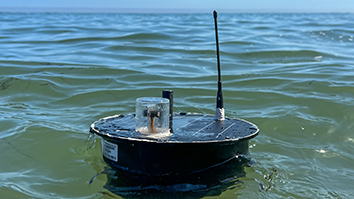Citation
Romero P., Karp P.D. PseudoCyc, a Pathway/Genome Database for Pseudomonas aeruginosa. J. Mol. Microbiol. Biotech., vol. 5, no. 4, pp. 230-9, 2003.
Abstract
A pathway-genome database (PGDB) describes the entire genome of an organism, as well as its biochemical pathways, reactions, and enzymes. Our PathoLogic software can generate a PGDB from an annotated genome of an organism, predicting the metabolic reactions and pathways corresponding to the enzymes present in the annotation. We have used PathoLogic to generate a PGDB for Pseudomonas aeruginosa, strain PAO1, called ‘PseudoCyc’, which includes 139 predicted pathways and 800 predicted reactions involving 623 chemical species and 718 enzymes. Analysis of the PathoLogic predictions of arginine metabolism and the β-ketoadipate pathway, which are landmark pathways in P. aeruginosa, showed that they were for the most part correctly predicted. These studies also provided possible locations for two genes involved in the β-ketoadipate pathway, pcaI and pcaJ, which are missing from the PAO1 annotation. PseudoCyc adds an extended dimension to the genome of P. aeruginosa, providing researchers with a helpful tool for the analysis of the genomic, proteomic, and metabolic information of the organism. The finding of the probable location of the pcaI and pcaJ genes is but one example of the discoveries facilitated by such a PGDB. PseudoCyc, along with PGDBs for 12 other organisms, is available at http://BioCyc.org/.


